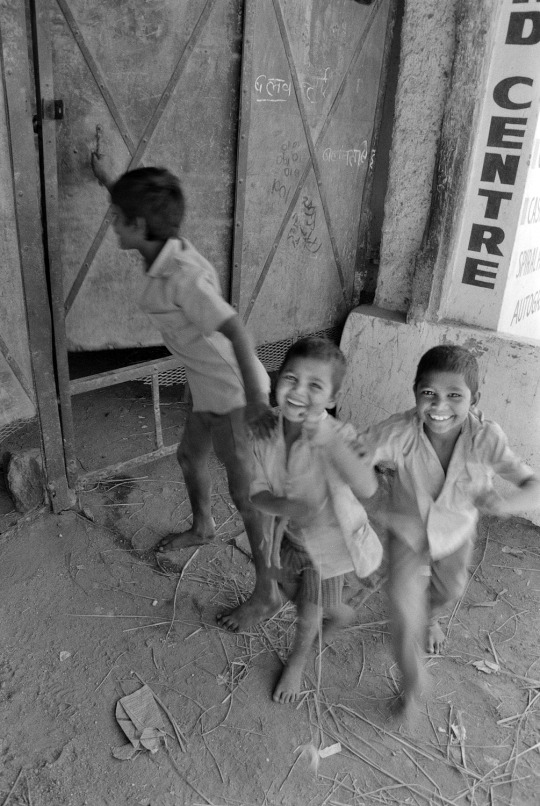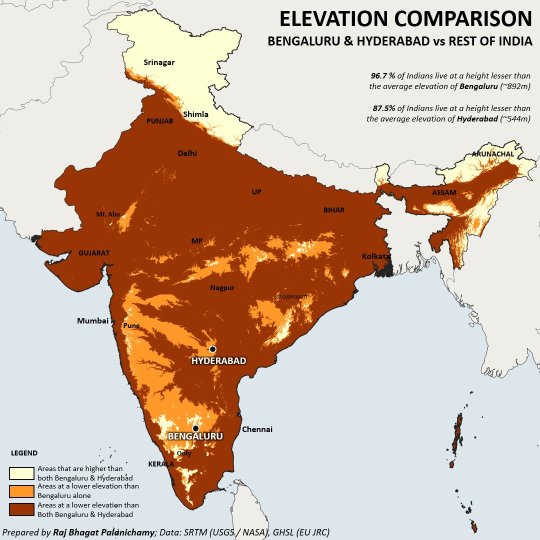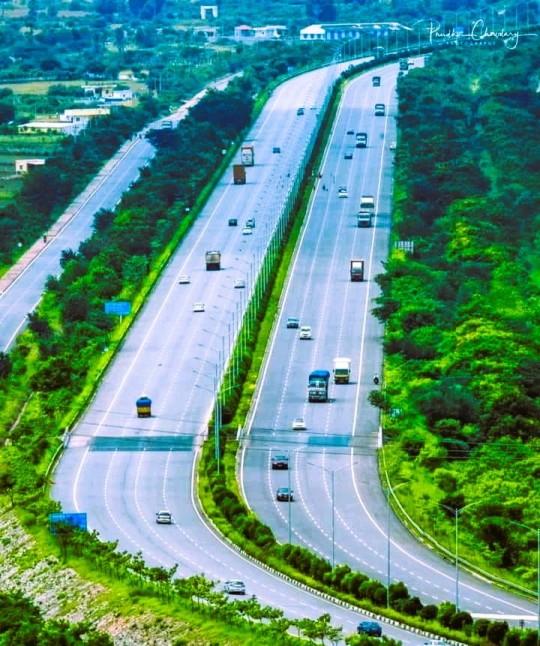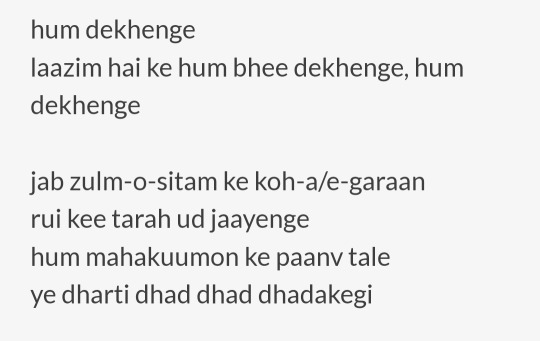#Hyderabad India
Text
Scientists have developed a new solar-powered system to convert saltwater into fresh drinking water which they say could help reduce dangerous the risk of waterborne diseases like cholera.
Via tests in rural communities, they showed that the process is more than 20% cheaper than traditional methods and can be deployed in rural locations around the globe.
Building on existing processes that convert saline groundwater to freshwater, the researchers from King’s College London, in collaboration with MIT and the Helmholtz Institute for Renewable Energy Systems, created a new system that produced consistent levels of water using solar power, and reported it in a paper published recently in Nature Water.
It works through a process called electrodialysis which separates the salt using a set of specialized membranes that channel salt ions into a stream of brine, leaving the water fresh and drinkable. By flexibly adjusting the voltage and the rate at which salt water flowed through the system, the researchers developed a system that adjusts to variable sunshine while not compromising on the amount of fresh drinking water produced.
Using data first gathered in the village of Chelleru near Hyderabad in India, and then recreating these conditions of the village in New Mexico, the team successfully converted up to 10 cubic meters, or several bathtubs worth of fresh drinking water. This was enough for 3,000 people a day with the process continuing to run regardless of variable solar power caused by cloud coverage and rain.
[Note: Not sure what metric they're using to calculate daily water needs here. Presumably this is drinking water only.]
Dr. Wei He from the Department of Engineering at King’s College London believes the new technology could bring massive benefits to rural communities, not only increasing the supply of drinking water but also bringing health benefits.
“By offering a cheap, eco-friendly alternative that can be operated off the grid, our technology enables communities to tap into alternative water sources (such as deep aquifers or saline water) to address water scarcity and contamination in traditional water supplies,” said He.
“This technology can expand water sources available to communities beyond traditional ones and by providing water from uncontaminated saline sources, may help combat water scarcity or unexpected emergencies when conventional water supplies are disrupted, for example like the recent cholera outbreaks in Zambia.”
In the global rural population, 1.6 billion people face water scarcity, many of whom are reliant on stressed reserves of groundwater lying beneath the Earth’s surface.
However, worldwide 56% of groundwater is saline and unsuitable for consumption. This issue is particularly prevalent in India, where 60% of the land harbors undrinkable saline water. Consequently, there is a pressing need for efficient desalination methods to create fresh drinking water cheaply, and at scale.
Traditional desalination technology has relied either on costly batteries in off-grid systems or a grid system to supply the energy necessary to remove salt from the water. In developing countries’ rural areas, however, grid infrastructure can be unreliable and is largely reliant on fossil fuels...
“By removing the need for a grid system entirely and cutting reliance on battery tech by 92%, our system can provide reliable access to safe drinking water, entirely emission-free, onsite, and at a discount of roughly 22% to the people who need it compared to traditional methods,” He said.
The system also has the potential to be used outside of developing areas, particularly in agriculture where climate change is leading to unstable reserves of fresh water for irrigation.
The team plans to scale up the availability of the technology across India through collaboration with local partners. Beyond this, a team from MIT also plans to create a start-up to commercialize and fund the technology.
“While the US and UK have more stable, diversified grids than most countries, they still rely on fossil fuels. By removing fossil fuels from the equation for energy-hungry sectors like agriculture, we can help accelerate the transition to Net Zero,” He said.
-via Good News Network, April 2, 2024
#water#water scarcity#clean water#saline#desalination#off grid#battery technology#solar power#solar energy#fossil fuels#water shortage#india#hyderabad#new mexico#united states#uk#united kingdom#good news#hope#aquifers
992 notes
·
View notes
Text



AKSHAY LAGUSANI as Bhargav
Dead Pixels India 1x03
#akshay lagusani#dead pixels india#dead pixels#tvedit#filmtvcentral#tvgifs#televisiongifs#dailymen#dailymenedit#*#my gifs#loser boyfriends in your area#(if you live in hyderabad)
93 notes
·
View notes
Text

Taj Falaknuma Palace, Hyderabad, India,
Courtesy: @TajFalaknuma
#art#design#architecture#history#luxury lifestyle#style#luxury house#luxuty home#interior design#interiors#palace#india#taj#taj falaknuma#hyderabad#fountain#timeless#elegance#carrara marble
284 notes
·
View notes
Text

India, 1990
Hyderabad, Telangana, India.
インド テランガーナ州 ハイデラバード
Photography by Michitaka Kurata
#india#telangana#amaravati#hyderabad#children#twins#people#smile#photography#travel photography#photographers on tumblr#black and white photo#b&w#35mm film#kodak#nikon#1990#倉田通隆#インド#ハイデラバード#テランガーナ州#アーンドラ・プラデーシュ州#子供#子供達#双子#笑顔#白黒写真#白黒フィルム#モノクロフィルム#モノクロネガフィルム
176 notes
·
View notes
Text


Pleinairpril 2023
#illustration#pleinaipril#digital painting#art#artwork#digital illustration#visdev#colorful#india#environmentart#hyderabad#procreate
136 notes
·
View notes
Text

Sikh devotees participate in a religious procession ahead of the birth anniversary of the first Sikh guru, Guru Nanak, in Hyderabad, India, Saturday, Nov. 25, 2023. (AP Photo/Mahesh Kumar A.)
54 notes
·
View notes
Photo

96.7% of Indians live at an elevation lesser than or equal to that of Bengaluru. 87.5% of Indians live at an elevation lesser than or equal that of Hyderabad. Map shows the areas of India which are at lower elevations than these cities.
by rajbhagatt
55 notes
·
View notes
Text

Nehru Outer Ring Road, Hyderabad Telangana, India: The Outer Ring Road, officially, Jawaharlal Nehru Outer Ring Road and abbreviated as, O.R.R., is a 158-kilometre, eight-lane ring road expressway encircling Hyderabad, capital of the Indian state of Telangana. Wikipedia
33 notes
·
View notes
Photo







Sireniti Residence, Hyderabad, India,
Kanan Modi Architecture & Interiors,
Photographs by Ishita Sitwala
#art#design#architecture#interiors#interiordesign#sireniti#india#hyderabad#kanan modi#stairsdesign#stairwell#stairway#stairs#stairdesign#sculpture#luxury lifestyle#luxury home#luxuryhouse#pad
472 notes
·
View notes
Text

🎉🇮🇳 Congratulations to Manu Bhaker for making history at the Paris 2024 Olympics! 🥉
Manu clinched the bronze in the Women's Air Pistol event and also with Sarabjot Singh in the 10m air pistol mixed team event, becoming the first Indian woman to win two medals in an Olympics. Your dedication and hard work have made India proud! 🙌👏
#75seconds#paris2024#olympics#parisolympics2024#teamindia#shootingstar#proudmoment#manubhaker#cheersforbharat#explainervideos#animatedvideos#explainervideocompany
#75seconds#paris 2024#olympics#paris olympics 2024#team india#manu bhaker#shooting star#explainer video company#explainer video production company#explainer video company in delhi#explainer video company in gurgaon#animated video company#explainer video company in noida#explainer video company in mumbai#explainer video company in bangalore#explainer video company in hyderabad#explainer video#proud moment#Explainer video company#Animated video company#animated video company in hyderabad#animated videos#animated video company in mumbai#animated video company in chandigarh#animated video company in chennai#animated video company in bangalore
9 notes
·
View notes
Text
अथ राग आरती | Ath Raag Aarti | Vani of Garibdas Ji's Amargranth Sahib by...
youtube
17 notes
·
View notes
Text

Okay what the fuck!
That’s not even the first time this has happened!
That’s horrifying.
Bloody hell!
I think this happened before to a flight technician in India several years ago.
Hold on.
Yeah.
Yeah that was it.
#dougie rambles#personal stuff#news#WTF#netherlands#amsterdam#KLM#klm royal dutch airlines#death#smashing pumpkins#airport#aviation#accident#major inconvenience#nightmare fuel#jet engine#india#mumbai#hyderabad#obliterated#to shreds you say#fucking hell#poor bastard
10 notes
·
View notes
Link
RideBoom India working on launching its Ridesharing services including EV vehicles across the country in the coming months. Chandigarh, India - May 29, 2024 - RideBoom India, the leading ridesharing platform in the country, today announced the expansion of its services to 20 additional cities across India. This expansion marks a significant milestone for the company
18 notes
·
View notes
Text





REBLOG
#reblog#urdu poetry#urdu literature#urdu stuff#literature#india#islamophobia#islamophobes dni#communal violence#hate#politics#lucknow#uttarpradesh#election 2024#delhi#hyderabad
10 notes
·
View notes
Text

A street in Hyderabad, India, 1887. Photo by Lala Deen Dayal.
Getty Museum
8 notes
·
View notes

